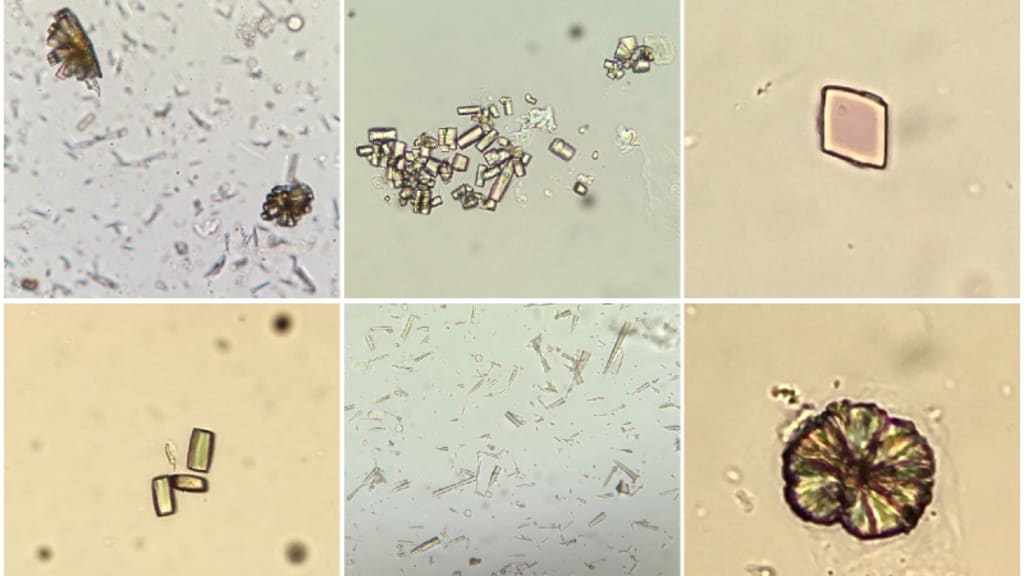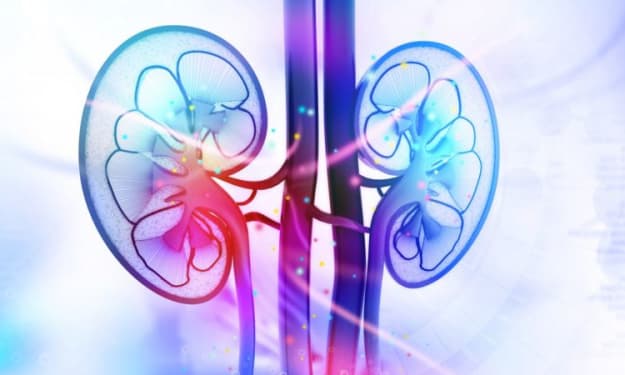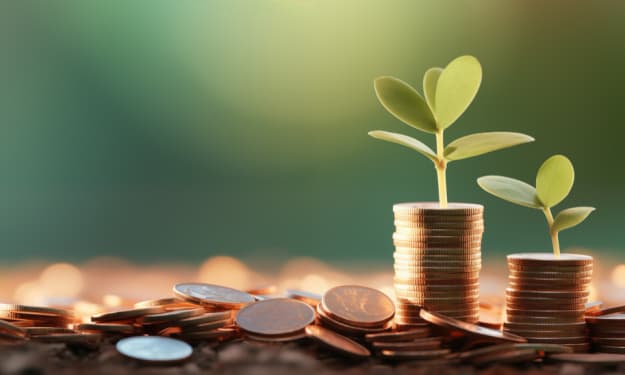Content warning
This story may contain sensitive material or discuss topics that some readers may find distressing. Reader discretion is advised. The views and opinions expressed in this story are those of the author and do not necessarily reflect the official policy or position of Vocal.
CRYSTALS IN URINE
CAUSES, SYMPTOMS AND TREATMENT OPTIONS

Crystals in urine, often called urinary crystals, are microscopic solid particles that can form in the urinary tract. They are typically made of minerals and salts that are present in urine. While some crystals are normal and harmless, others can indicate an underlying medical condition, such as kidney stones or a urinary tract infection. The presence of crystals in urine is usually detected through a urine test and may require further evaluation by a healthcare professional.
Unless the stones get large enough, urine crystals usually show minimal symptoms. When this happens, the stone may either spontaneously exit the body or may require medical attention to be removed.
Causes of Crystals in Urine
Urine crystal formation is a result of several factors. Some of them are:
Dehydration – Insufficient fluid intake can lead to concentrated urine, increasing the likelihood of crystal formation.
Diet – Certain foods high in oxalates, such as beets, spinach, and chocolate, can contribute to crystal formation.
Urinary Tract Infections (UTIs) – Infections can alter urine composition, promoting crystal development.
Kidney Stones – Crystals may be the building blocks for kidney stones, which can be painful.
Medications – Some medications can increase the risk of crystal formation in urine.
Metabolic Disorders – Conditions such as hyperparathyroidism and gout can elevate crystal-forming substances in the body.
Genetics – A family history of kidney stones or crystal-related disorders can predispose individuals to urinary crystals.
Underlying Health Conditions – Certain medical conditions, such as cystinuria or renal tubular acidosis, can lead to crystal formation.
Struvite crystals in urineStruvite crystals in urine
Symptoms of Crystals in Urine
Tiny crystals in urine don’t always result in symptoms. On the other hand, a person with bigger urinary stones, or stones that are passing through the urinary tract, could feel a variety of bothersome symptoms, such as:
Urine with blood
Left or right side lower back ache
Frequent need to go to the toilet
Trouble urinating
Discomfort and pain in the pelvic area
Cloudy pee
Urine with an unpleasant odour
Fever, if the stone has brought on an infection
Treatment Options for Crystals in Urine
The sort of stone that a person has formed or is prone to growing will determine the course of treatment. In rare cases, a doctor may advise the patient to consume extra water and take over-the-counter medications to help dissolve the stone.
If the stone has become too large, medical treatment can be needed to break it apart. To break apart a bigger stone, doctors can employ a variety of techniques, such as:
Shock wave lithotripsy fragments the stone.
Ureteroscopy and cystoscopy enable the physician to locate, fragment, or remove a bigger stone.
Percutaneous nephrolithotomy also enables the physician to see and extract a bigger stone.
Urine crystal formation may be avoided by drinking adequate water throughout the day and maintaining proper hydration.
If a patient takes too much of one mineral, their physician will often suggest a diet that reduces or removes it.
Triple phosphate crystal in urineTriple phosphate crystal in urine
Last but not least, a physician could recommend drugs or dietary supplements to help stop the development of stones. The following are some drugs and nutritional supplements that a doctor would recommend:
Citric acid
Antibacterials
Diuretics
Uric acid and allopurinol
Glycine mercapto propionyl, which medical professionals frequently utilise to address cardiac problems.
Crystallised urine is not always a reason for alarm. The crystals can often pass away on their own with little help. Many suffer from benign ailments that are avoidable, such as intake of a certain food or dehydration. When patients need medical attention, a physician could suggest increasing fluid intake and using painkillers. A stone may occasionally be removed by a doctor if it is significant and in a potentially dangerous area.
About the Creator
Enjoyed the story? Support the Creator.
Subscribe for free to receive all their stories in your feed. You could also pledge your support or give them a one-off tip, letting them know you appreciate their work.





Comments
There are no comments for this story
Be the first to respond and start the conversation.